Abraham Hicks is easily one of the most influential Law of Attraction teachers of all time. The second half of Ask and It Is Given, Abraham’s seminal work, provides 22 processes you can use to get into the receiving mode and begin experiencing more joy, right now.
I’ve laid them our here as a quick reference guide for anyone interested in working with them. Before you dive in, it’s important to remember that each process is designed for different levels of the emotional scale. The process that you choose when you feel depressed or angry, for example, is going to be different from the process you choose when you already are starting from a neutral place. I’ve listed them here in rough order of starting from the best emotions to starting from the words, but use your own judgment when deciding which process is best for you right now.
Because there are too many exercises to do justice to in one post, I’m breaking this down into a 3-part series. Part I (this post) contains processes 1-7. Part II works with numbers 8-14. Part III then goes through exercises 15-22.
Part I (below)
- Rampage of Appreciation
- The Magical Creation Box
- The Creative Workshop
- Virtual Reality
- The Prosperity Game
- The Process of Meditation
- Evaluating Dreams
Part II
- The Book of Positive Aspects
- Scripting
- The Place Mat Process
- Segment Intending
- Wouldn’t It Be Nice If…?
- Which Thought Feels Better?
- The Process of Clearing Clutter for Clarity
Part III
- The Wallet Process
- Pivoting
- The Focus Wheel Process
- Finding the Feeling-Place
- Releasing Resistance to Become Free of Debt
- Turning It Over to the Manager
- Reclaiming One’s Natural State of Health
- Moving Up The Emotional Scale
You can also read more about the general theory behind Abraham Hicks’ Processes and how they help you get into the receiving mode.
Ask and It Is Given Processes: The Complete List, Part I
1. Rampage of Appreciation
Rampages of Appreciation are a great way to move from a neutral or good mood to an even better mood. To do a rampage, simply speak a thought that feels good, take a moment to notice the feeling of the thought, and then speak a thought that feels even better.
It is similar to this easy positive affirmation exercise, which works with repeated, similar ideas in order to raise your energy. Click here to listen to an example of an Abraham Rampage of Love.
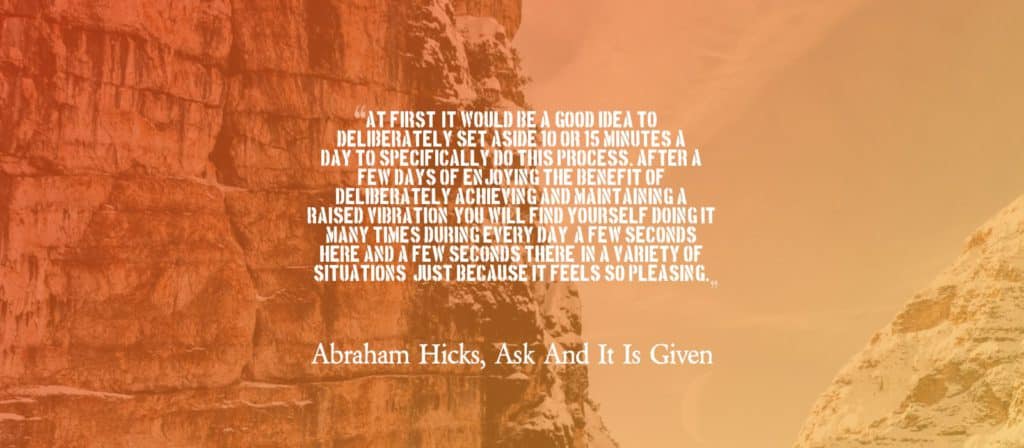
2. The Magical Creation Box
The Magical Creation Box is an excellent tool for imagining and visualizing the desires that you want to manifest. To do this exercise, simply get a box that you use to put small clippings and reminders of the desires you want to create. For example, you might cut out a picture of a new car or a new house, and place it into the box. Then, from time to time when you are in a good mood, simply browse through the box, playfully imagining what it would be like to have already manifested the items in your box.
To take this exercise to the next level, you might also want to try these visualization techniques.
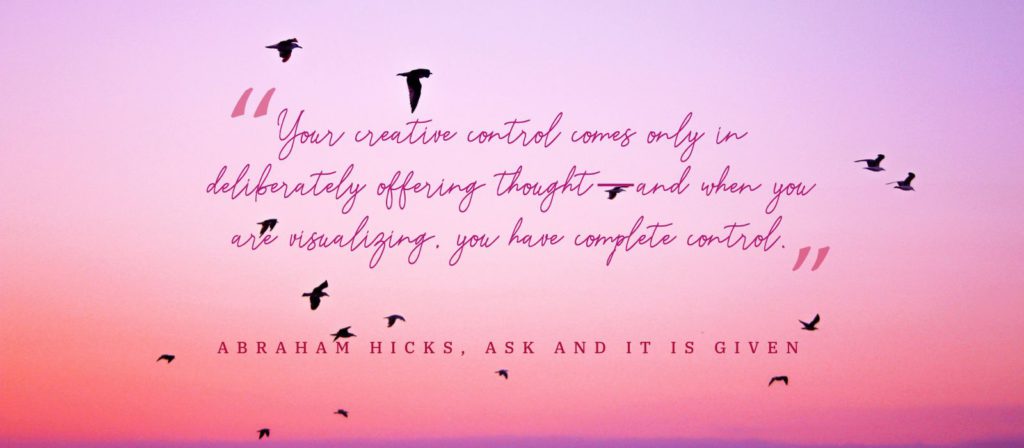
3. The Creative Workshop
To do The Creative Workshop, you will need a piece of paper (or a journal) and a pen. Write out different categories of your life, for example: health, finances, and relationships, and then make a list of all the things you want in each category.
Do not take too much time thinking of your list, simply allow yourself to feel inspired with whatever comes to mind.
When you have finished each list, go back through each item you wrote down, and create a list of reasons why you want that item.
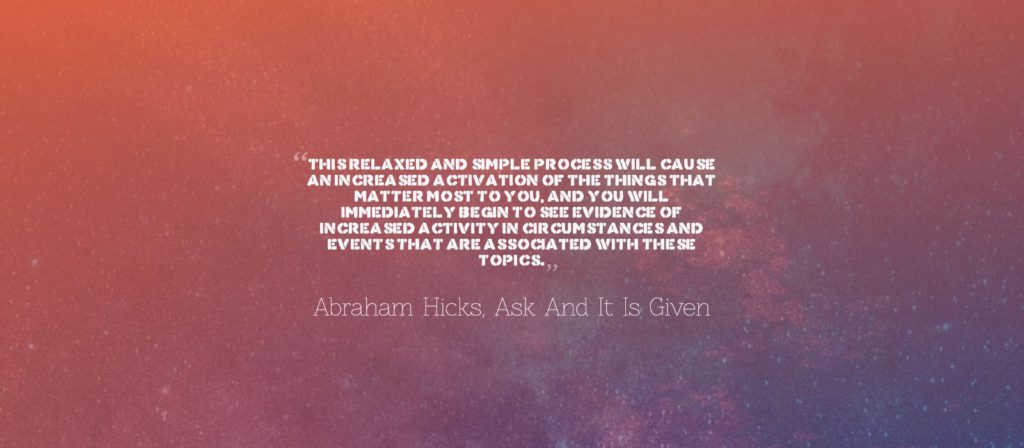
4. Virtual Reality
The Virtual Reality Process is another visualization technique you can use when you are already in a good state of mind. If you use this technique when you are in a negative mood, you may not be able to attract easily the positive vibrations you want.
To do this exercise, simply imagine a scene that makes you feel good. It does not matter what the scene is, and it helps if it isn’t something that is a pressing, strong desire within you. Just imagine yourself having fun. Use as many details as possible, and through the detail and the fun atmosphere of your imagined reality, you will learn how to change your vibration immediately and begin attracting more of what you want.
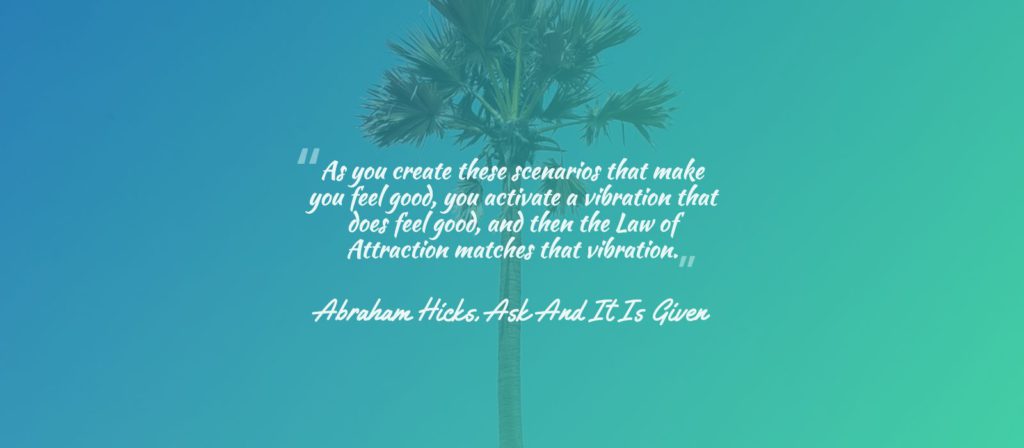
5. The Prosperity Game
The Prosperity Game is, in my opinion, one of the most fun Abraham processes in Ask and It Is Given. In this game, you get to spend increasingly large amount of money, as you imagine desiring and easily buying more and more symbols of abundance.
To play the game, begin with an imaginary checking account and deposit $1,000 into it. The rule is that every day you have to spend all of the money in the checking account. Every day, you increase your deposit amount by $1,000. So, by day 10, you will be spending $10,000, and at the end of one month you’ll be spending $30,000 that day. After a year, this totals to more than $66,000,000, which you get to play with!
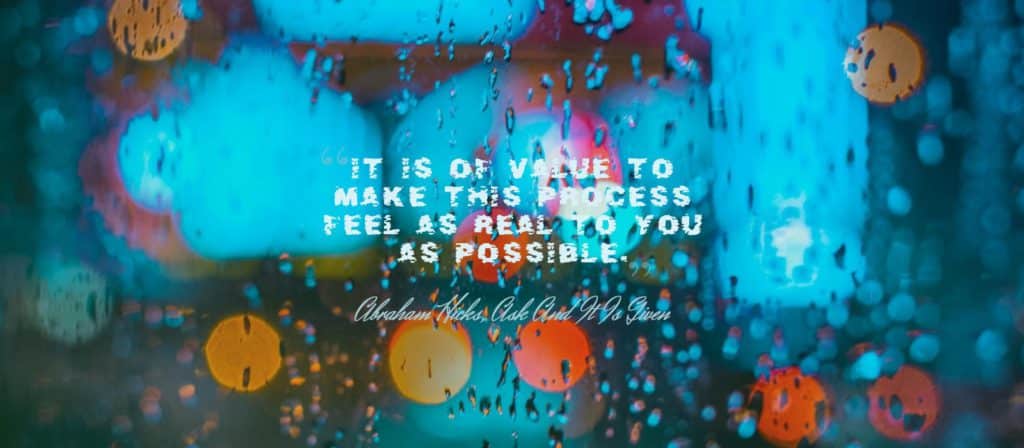
6. The Process of Meditation
Starting a meditation routine is one of the most fundamental practices you can develop if you want to gain control of your energy and learn how to quiet your mind.
At it’s core, all you have to do is sit quietly and begin to observe the thoughts that run through your head. Focus on the breath, and these thoughts will soon diminish. We have many other resources for exploring meditation on this site, including our free course on quieting the mind.

7. The Process of Dreams
This process is a good way to reflect on thoughts that are active within you. Dreams are a reflection of your habitual thought, and in this way they can be a good indicator of where your vibrational set point is, and what work you need to do to get into the vortex of attraction.
To work with this process, simply set an intention before bed to become more aware of your dreams. Then, when you awaken, take a moment to write down anything you remember from your dreams. Pay particular attention not simply to what happened in the dream, but to the emotion you felt during it. This is a different way of looking at dreams, but by trying to remember how you felt while it was happening, you can better become aware of the thoughts and emotions that are dominant in your awake state.
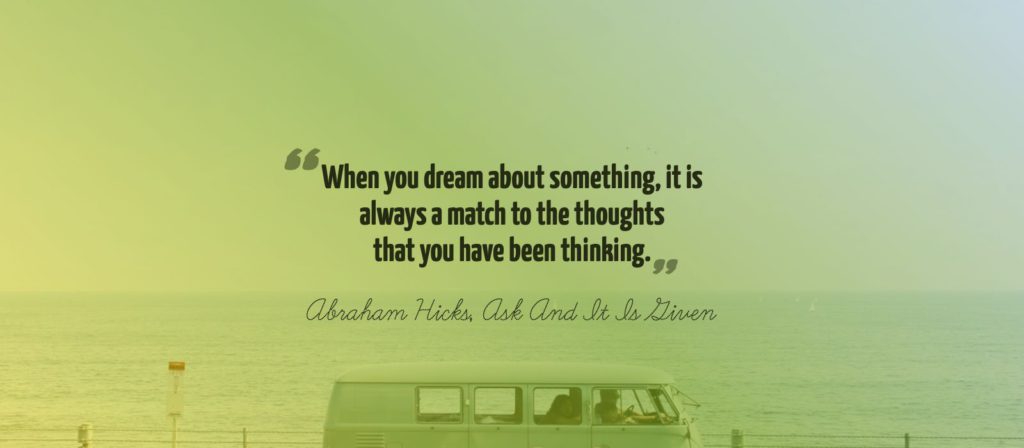

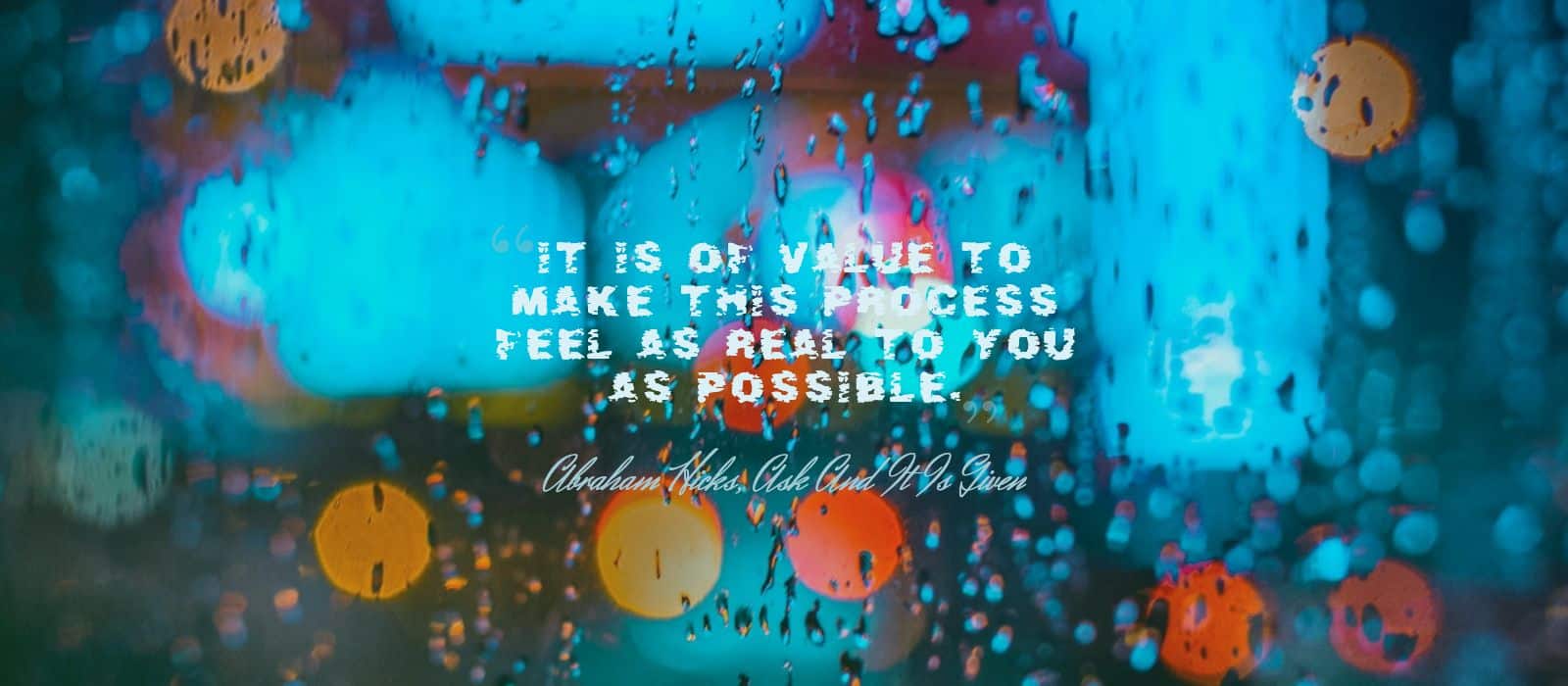


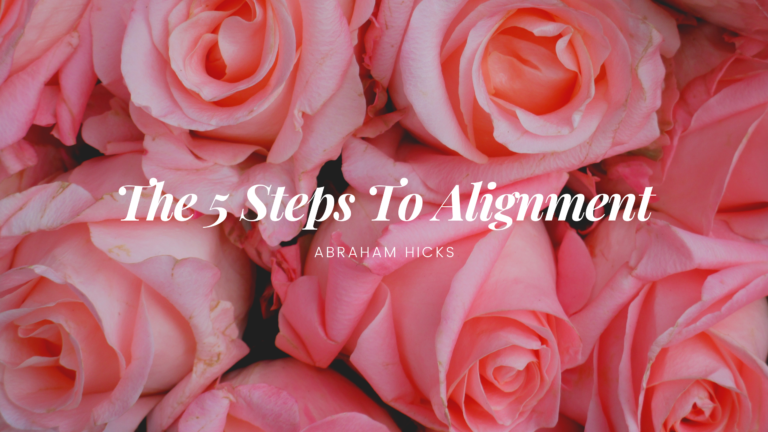
Hi there
How do I proceed to part 2 and 3 of the 22 processes? Is there a link to follow?
Thanks
Yes. Part 2 is here: https://thejoywithin.org/authors/abraham-hicks/22-abraham-processes-to-get-into-the-vortex
and Part 3 is here: https://thejoywithin.org/authors/abraham-hicks/abraham-hicks-exercises-for-financial-and-emotional-well-being
THANK YOU !!
Grateful